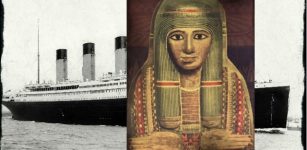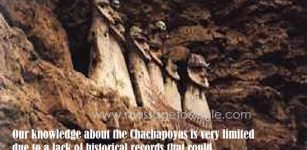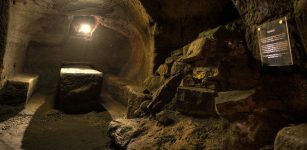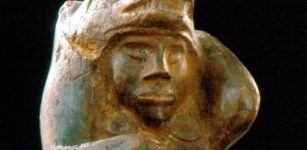Mexican Researchers Have Now Decoded Hieroglyphic Name Of Mayan King Pakal’s Tomb In Palenque
MessageToEagle.com – More than 60 years after ancient Mayan King Pakal’s burial crypt was first discovered, Mexican researchers have now decoded the hieroglyphic name on the Palenque tomb of ancient Mayan King Pakal, revealing it to read “The House of the Nine Sharpened Spears.”
Exciting as this discovery may be, there are still several unanswered questions that concern Lord Pakal.
Researchers have not explained why no photo of Lord Pakal has ever been realized to the public.
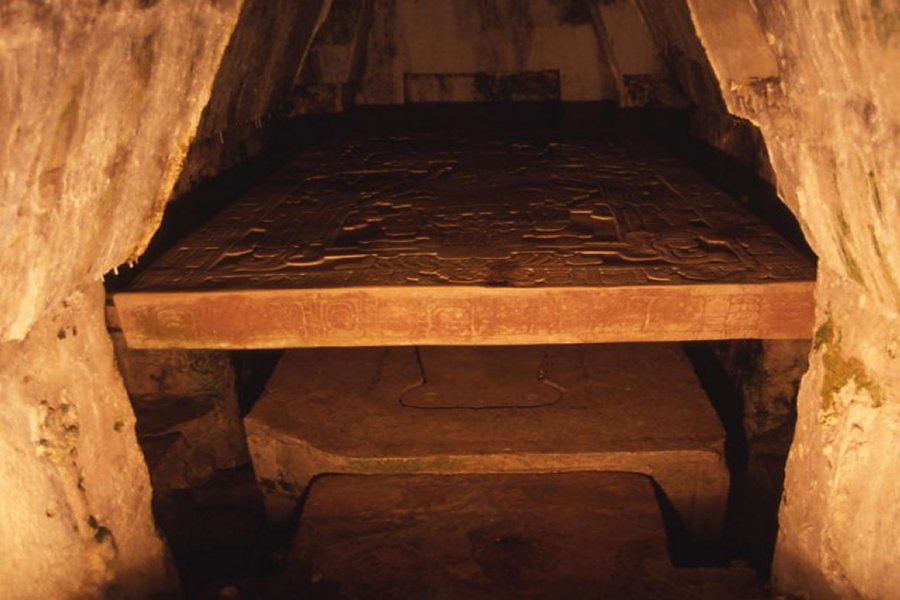
They have also carefully avoided to comment on the issue that this ruler had six fingers and was most probably a giant. These are intriguing subjects and we will come back to them later in this article. Now, let us begin and take a look at this new discovery.
Mexican archaeologist Alberto Ruz Lhuillier discovered the burial crypt at the Paelenque archaeological site in 1948.
But new research into the jaguar, a sacred animal for the Maya civilization, has led Guillermo Bernal, from the National Autonomous University of Mexico (UNAM), to make a link with other hieroglyphics of the same form,’ reports The Guardian.
“This is a name linked with war and an aspect which was not previously known as the hieroglyphic (could not be) deciphered until now,” Bernal, from UNAM’s Mayan Studies Centre, told a news conference in Mexico City on Monday.
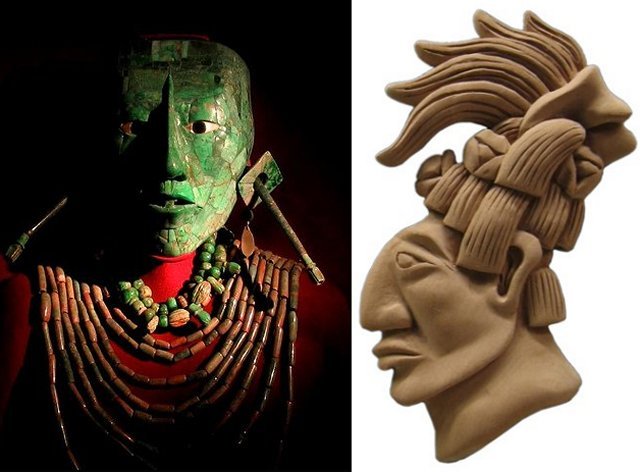
“‘The House of the Nine Sharpened Spears’ is a denomination represented by the nine warriors in the walls of the tomb.”
Born in the seventh century, King K’inich Janaab’ Pakal is said to have ascended to the throne aged 12.
He led a prosperous government in the ancient city of Palenque and is believed to have been behind the building of its finest architecture.
‘This expression is more commonly seen in the classical period, specifically in the eighth century between the years 700 CE to 800 CE, which is the last century of the Mayan culture and very close to its collapse,” Bernal said.
‘In the years following 800 CE, the Mayan cities started to collapse. That (event) has a strong relationship with the frequency of the number of wars which began in this century.’
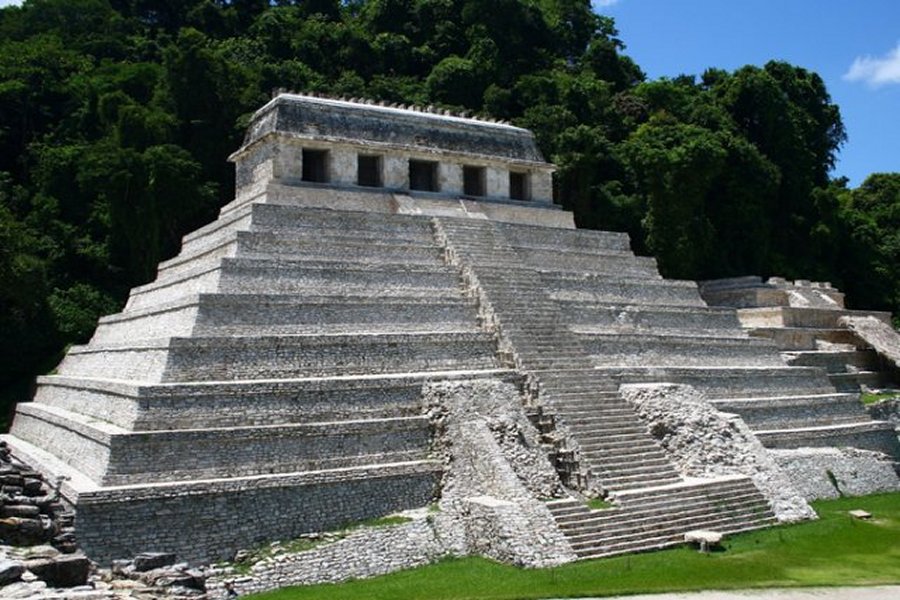
The Maya civilization, which developed hieroglyphic writing, a calendar and astronomical system, reached its peak of influence between AD 250 and 900, extending its reach over what is now Guatemala, Belize and Honduras.’
See also:
Mysterious Ancient Rulers With Elongated Skulls – Who Were They Really?
The discovery of Pakal’s tomb and now decoding of the hieroglyphic name on Pakal’s Tomb are undoubtedly important finds of Maya archeology. However, many problems still remain.
Another problem with this remarkable discovery is that for some reason no photo the skeleton of Lord Pakal has been released to the public…’ as we write in our article.
According to radio host Kevin Smith, “information leaked out from the excavation team that Pakal was a giant, had six fingers and toes on each hand and foot, had a “strong complexion” and a cone shaped skull. None of that has been said officially.
MessageToEagle.com



